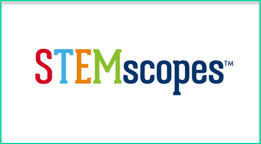
STEMscopes is designed to be a comprehensive system to meet all of your school’s STEM needs. From curriculum, to professional development, to classroom kits (which can also be built on your own with common supplies), STEMscopes covers a wide range of resources, which we’ll break down over the course of this review.
As for pricing, you can get access to the curriculum for as little as $4.75 per student, which compared to the cost of textbooks (which have no where near the quantity and quality of engaging materials), that’s a significantly lower price point.
Scopes
When you first click on a Scope, you’ll be on the Home page and you’ll see a brief overview of what the lesson is all about, but don’t let the fool you, the amount of content and support they have available for each Scope is absolutely enormous. The Home page is essentially meant to be the equivalent of the Teacher Edition portion of a textbook, and will cover the basics of what the teacher needs to know.
Across the top you’ll see all the different stages of the lesson broken down into the 5E+I/A framework (Engage, Explore, Explain, Elaborate, Evaluate, Intervention, Acceleration). Each of those stages has resources and activities that you can put to use in the classroom.
Along the right side you’ll see all the lesson “Essentials.” This are things like the specific standards that are covered, the graphic organizers you can use in the lesson, any teacher background material you might need, and so on. Again, the amount of support STEMscopes provides is both enormous and wonderful. What I like best is that if you don’t need it, you don’t have to use it (and it’s not cluttering up your experience), but if you want it, it’s there for you.
One of the best places to start is the setup video. The video is meant to help the teacher get started with a particular scope, and covers all the basics of what you’ll need to know and prepare for the lesson. They are great 5-minute overviews and incredibly helpful for getting a quick start to each scope.
To give you another example of some of these support resources, for the Properties of Matter Scope, if we look at the Graphic Organizers, they’ve got a student handout you can use, an answer sheet, and you can also view the handout in spanish as well.
If I look at the Lesson Flow Map I get a detailed breakdown of all the lesson components, how they’re aligned with the specific standards, and how they meet the different stages of the 5E + I/A model. It’s a quick snapshot that gives you an easy to understand overview of all the lesson components.
This way, if you’re only trying to meet certain standards, you might only want to do certain parts of the Scope. It really is designed to give teachers complete freedom in putting together the resources that they want to use, so that they can best meet their classroom and student needs.
That being said, the team highly recommends always using the Engage and Explore tasks. If you’re only going to have time for two steps of the model, those are the most educationally significant steps to use. Additionally, if you are planning on going through the entire sequence, the flow does matter. In other words, it’s important to start with the Engage step (to get your students hooked on the topic and understand the relevance), and then to move forward from there.
This might be a switch from a typical pedagogical strategy of starting with a lecture of the content, but all our their research and case studies suggest that following the flow they have laid out does make a significant difference in student achievement.
Finally, all of the curricular resources within a Scope can be printed out or used digitally, so whether you’re in a 1:1 environment, or have less technology access, the materials are still available. You can even purchase short books of each Scope that STEMscopes will send out to you if you prefer more of a textbook experience.
Kits
By and large, all of these supplies can be purchased at your local Walmart or Target. These supplies are meant to be inexpensive, so that teachers can spend money on field trips, lab equipment, or be able to still conduct activities in a classroom with a limited budget.
Compared to other kits I’ve seen (e.g. FOSS kits), these kits come at an incredibly reduced price. You can order the kits directly through the company, if you’d like them delivered to your classroom and organized for you, or you can enter in your number of students and get a breakdown of what you need to purchase or order.
Assignments & Assessments
As mentioned above, these assignments can be sent out to any students you have enrolled in the digital system, or they can be printed out to be used in your class.
The assignments do cover basic vocabulary and content acquisition skills as well, but by and large they’re meant to get students making, building, and experimenting, rather than just answering lower level recall questions.
Additionally, there are a wide variety of research-based activities as well, along with cross-curricular math and engineering activities, so you can work on information literacy and mathematics skills from within these lessons as well (hence the STEM).
Finally, if your students do have access to technology and are able to complete the assignments online within STEMscopes, you can also grade and provide feedback to your students from within the system.
Professional Development
To begin, any school or classroom that signs up for STEMscopes will have access to an online onboarding training from the STEMscopes team. This training will cover all the basics of how to get started using the software and implementing their service within your classroom.
The next level up from that is the STEMcoach community, which is a collection of blogs and resources that you can use for more self-directed professional development.
Within each lesson, you’ll also see STEMcoach in Action callouts. These will link to specific support resources that are designed to help you prepare for whatever topic or lesson you’re working with at the time. These include videos, links to additional resources, topic explanations, and a whole lot more.
All of those above resources are available free to every STEMscopes member. If you’re looking for more personalized trainings and webinars or 1:1 coaching, STEMscopes has those available too, but those sessions do have to be paid for.
Wrap Up
If your school is up for renewal of science textbooks, I would absolutely consider making a switch to STEMscopes. Their resources are regularly updated, come at a significantly cheaper price point, and are available in both print or digital form. On the digital side, any web-enabled device will be able to access the system.
STEMscopes offers a comprehensive prek-12 STEM curriculum that is hands-on, engaging, and authentic, at a price that is hard to beat. There are an enormous variety of high-quality resources, all aligned with the 5E model and CCSS and NGSS, and all supported by a robust collection of professional development resources.
If you’re interested in learning more, you can check out a free STEMscopes trial to learn more and see if the resource is a good fit for your school.
The opinions expressed in this review are my own.
I was not compensated for writing this review.

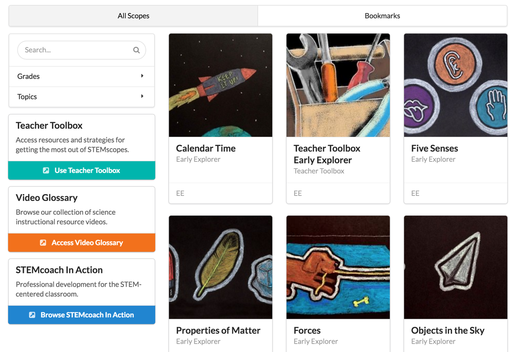
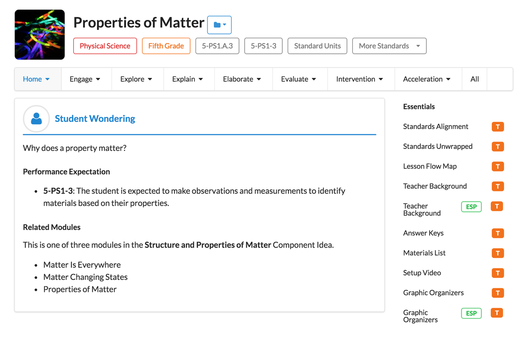
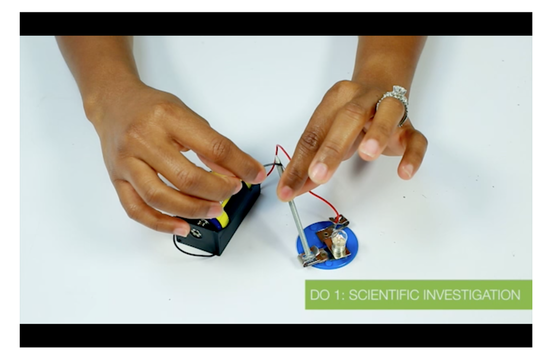
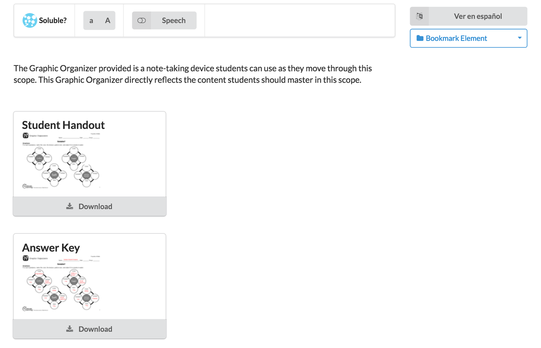
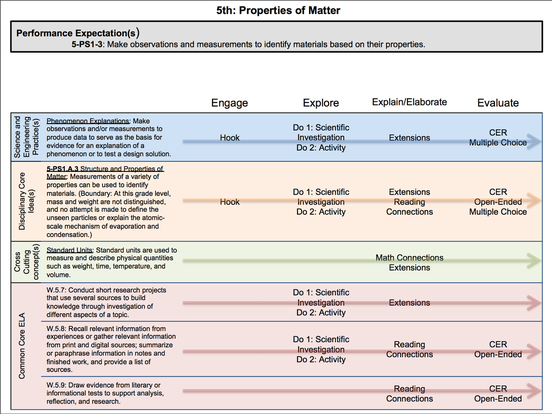
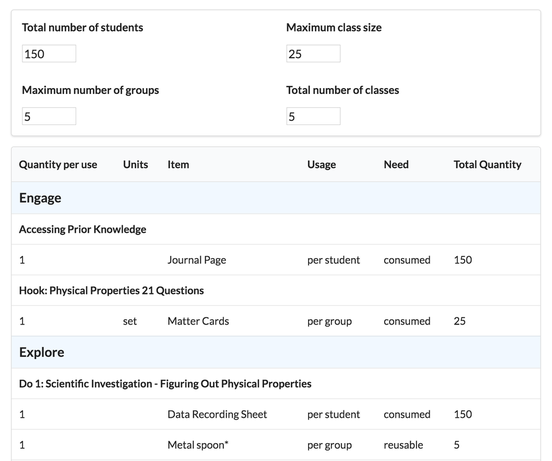
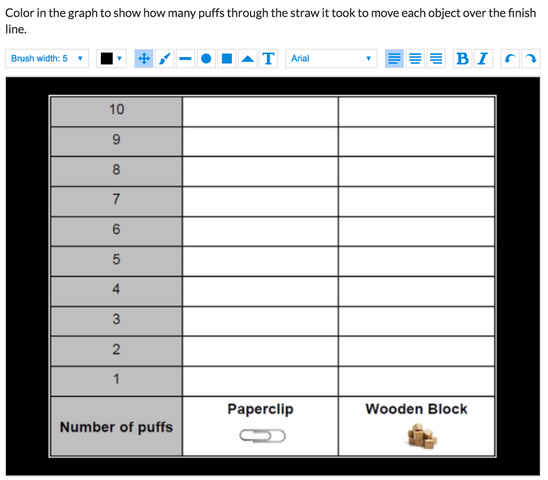

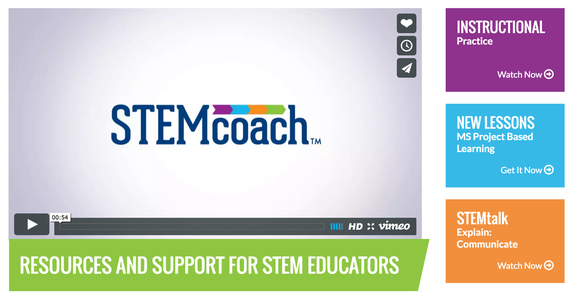
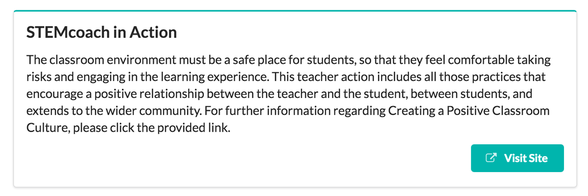




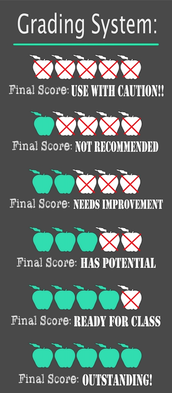




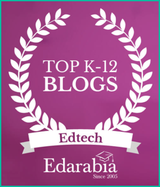
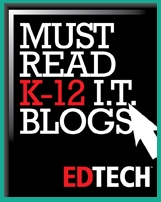
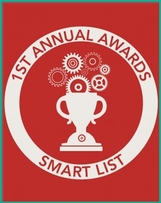
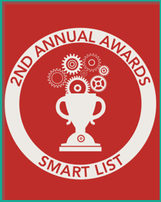


 RSS Feed
RSS Feed
